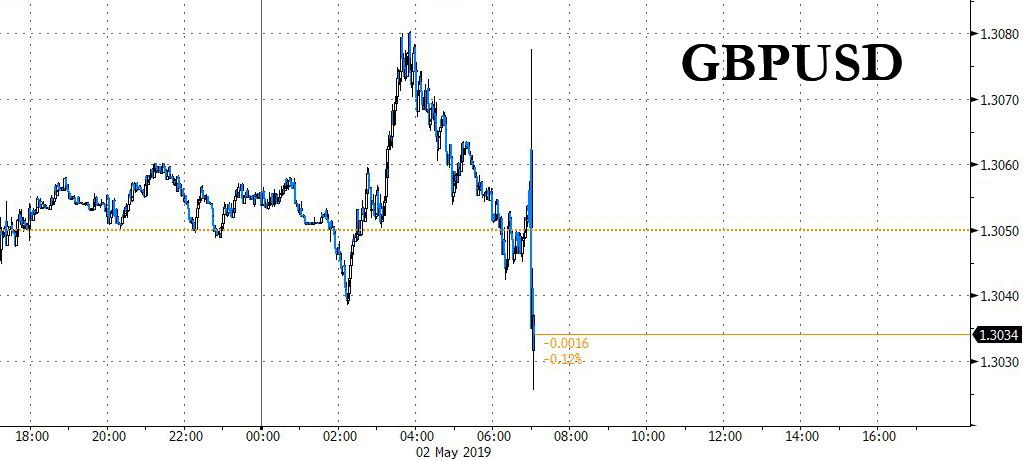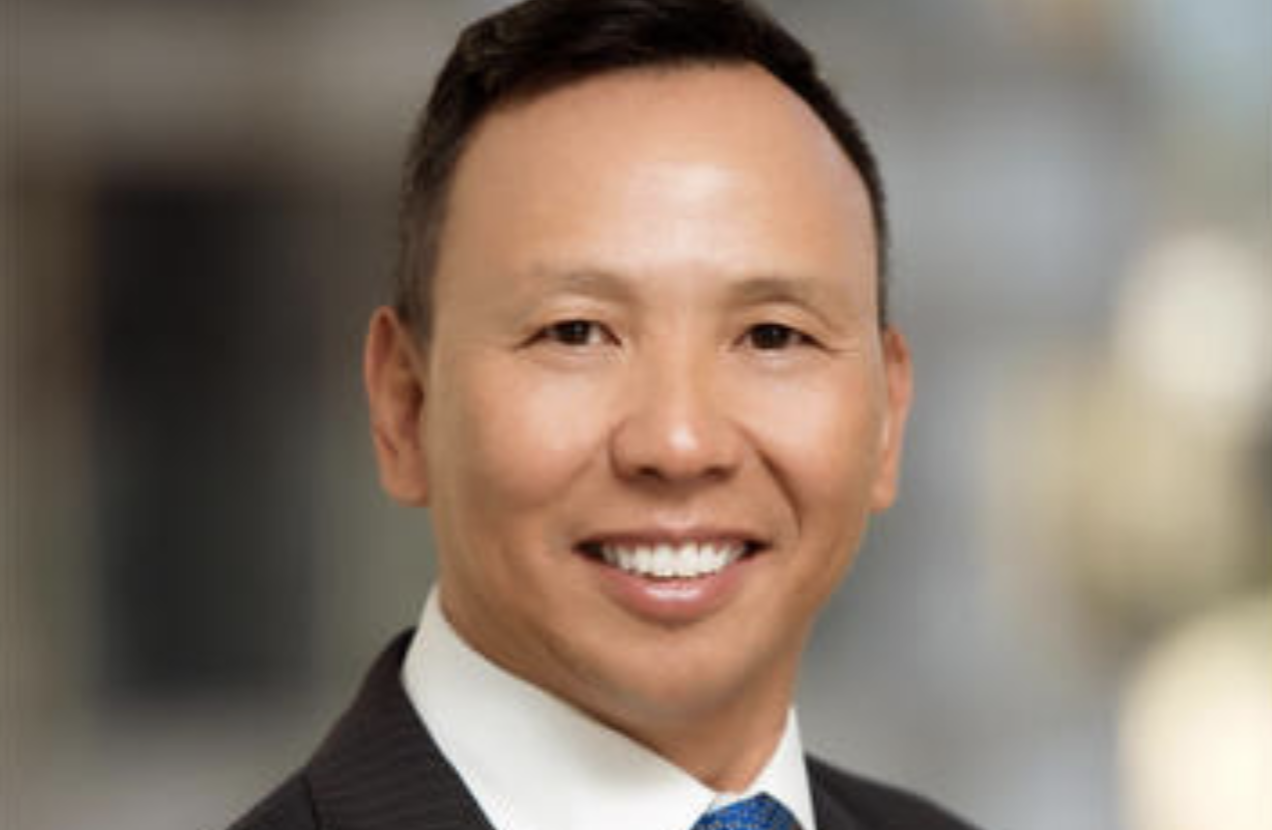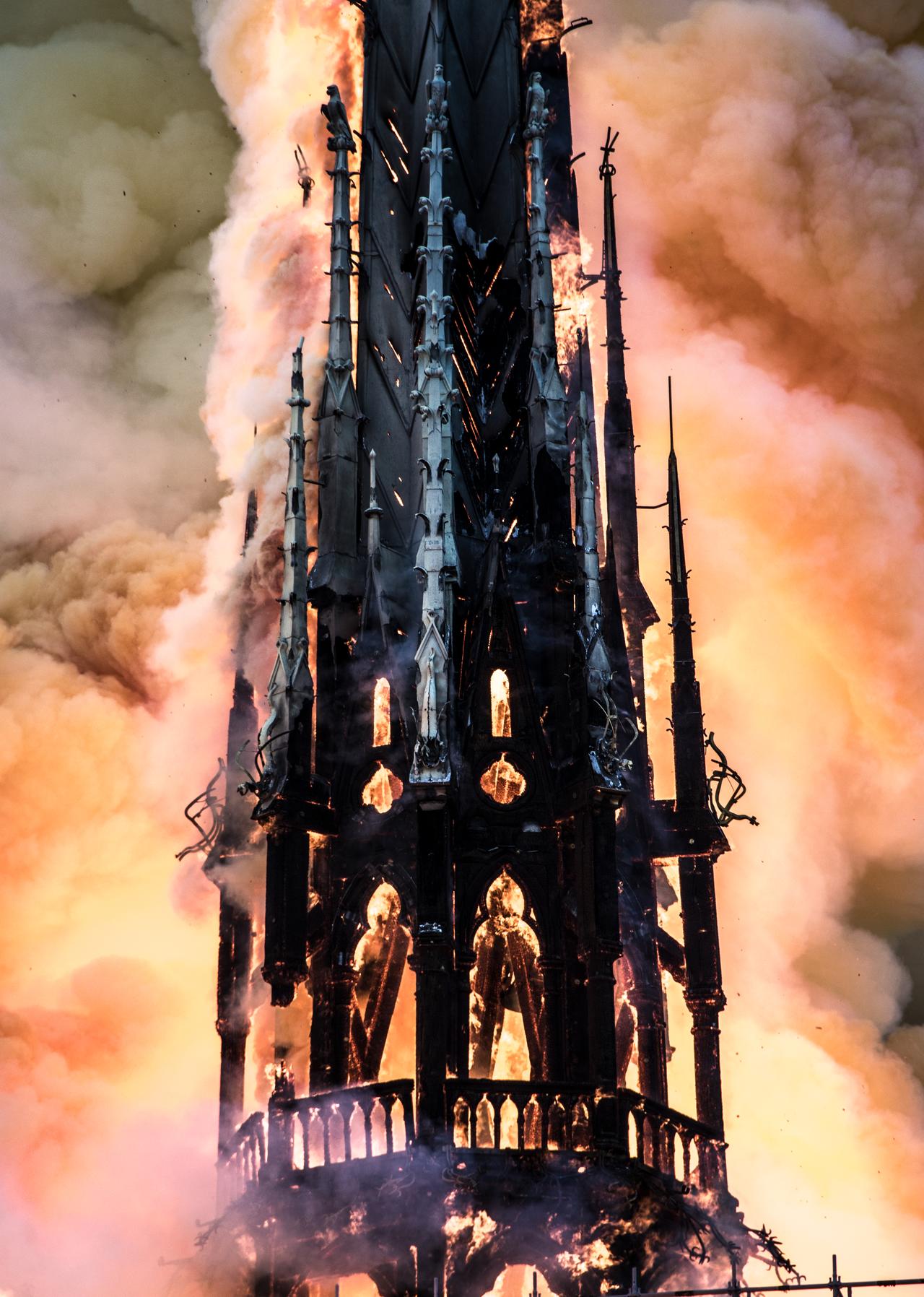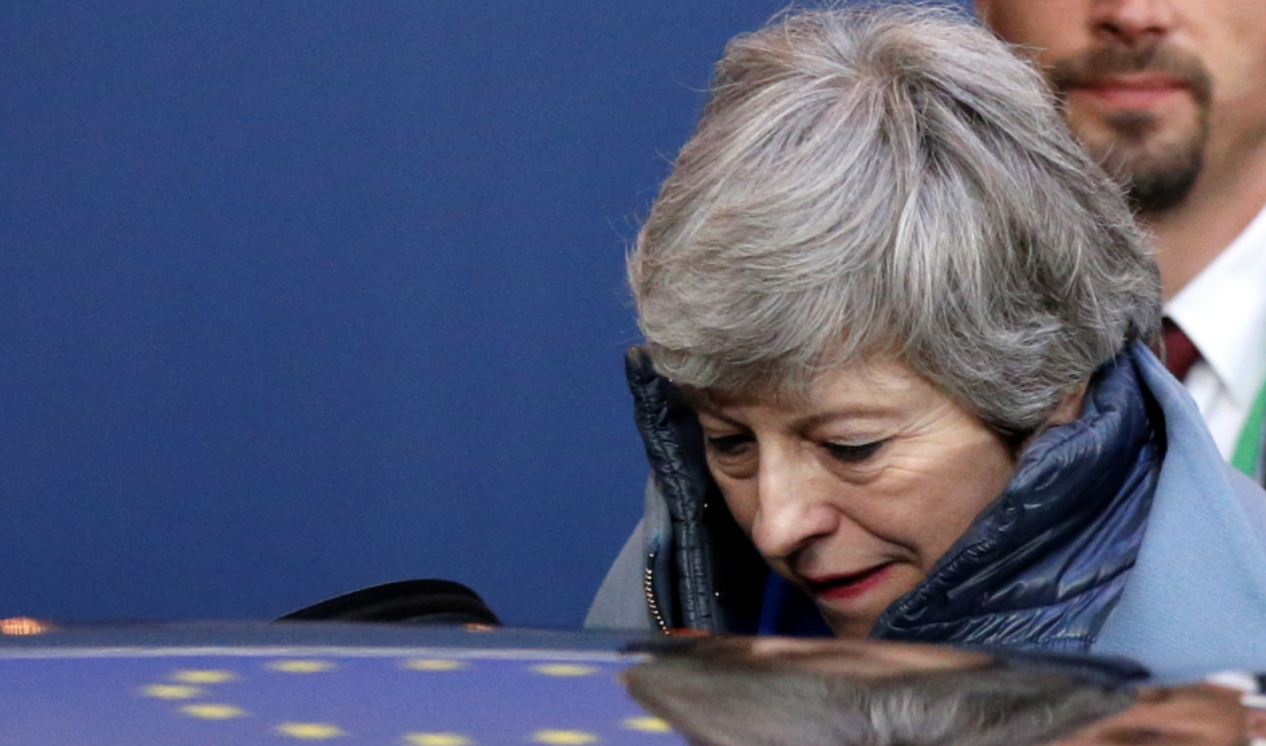In recent years, dangerous trends and ideas about speech have been spilling from academia into the world beyond campus. Walking on eggshells, exercising extreme caution about respecting taboos, reporting colleagues for jokes overheard, and deflecting substantive arguments with ad hominem counterattacks may soon be common features of corporate and community life. College-bound students who want to master those skills can choose from a wide range of America’s top schools.
But perhaps you (and your kids) would prefer a different kind of academic culture: one that exposes students to a variety of views, teaches them skills of critical thinking so they learn to habitually ground claims in evidence, and emboldens them to speak up for what they think is true, good, and beautiful, while being open to arguments from their peers that they just might be wrong. If that’s what you’re seeking, you’ve come to the right place.
At Heterodox Academy, we’ve had a front row seat for the recent trials and tribulations of American higher education. We are an organization of more than 2,500 professors who believe that viewpoint diversity and freedom of inquiry are essential components of a good academic culture. We’ve spoken with dozens of college presidents and administrators about their efforts to broaden students’ minds and promote constructive disagreement. We have found that the great majority of presidents value free speech and open inquiry, but many face obstacles in translating those values into policies and implementing those policies into practices that shape culture.
Below we highlight 10 schools that stand out from the crowd, listed in alphabetical order. These are schools—large and small, public and private—where evidence suggests that students will have better odds of developing the habits of heart and mind necessary to thrive in a world of complexity, nuance, and difference.
Arizona State University
Tempe, Arizona
With an undergraduate enrollment just north of 61,000, students looking to engage with people who think differently than they do will surely find willing others here. ASU counts 24 members of Heterodox Academy among its faculty and administration, tied for the second highest total across the country. Its new School of Civic and Economic Thought and Leadership recently ran a speaker series on polarization and civil disagreement.
OpenMind, a free interactive platform designed to depolarize communities and foster mutual understanding, has been deployed by five professors in 13 courses on campus since 2017. Data collected by College Pulse show that 67 percent of the 2,575 ASU students surveyed feel that freedom of speech is secure on their campus, and 88 percent agreed that the ASU administration values free speech. Among a subsample of 918 students, 24 percent self-identify as libertarian.
ASU is also home to BridgeASU, one of the first chapters of BridgeUSA, a student organization that “create[s] an environment where students can come together and share their political views in a place where all views are accepted, but challenged.The goal is for everyone to figure out what they truly believe and to become more understanding of those with differing opinions by challenging and exposing ourselves to an open way of thinking.” BridgeASU hosts events such as a round-robin discussion that drew 175 people interested in hearing fresh perspectives on a range of political topics. The desert air seems hospitable to open inquiry.
Chapman University
Orange, California
Chapman President Daniele Struppa is an outspoken advocate of academic freedom and freedom of speech. In fall 2018, for example, a member of the Chapman faculty invited to class Max Landis, a screenwriter and producer accused of sexual assault. Students objected on moral grounds. In an op-ed piece published in the Chapman student newspaper, Struppa, alongside Dean of Students Jerry Price and Chief Information Officer Helen Norris, defended faculty members’ right to invite to class any speaker who will advance the class goals, writing, “The price of having academic freedom is that sometimes we will have speech we detest, or speakers we despise. We can’t have one without the other.”
Seventeen members of the Chapman faculty, including Struppa, are also members of Heterodox Academy. Many are involved in high-profile efforts, including the Economic Science Institute (which examines the role human institutions play in creating social rules and order and also builds and tests market and management systems) and the Smith Institute for Political Economy and Philosophy (which integrates humanities and economics). Chapman was among the first five institutional adopters of the Chicago Principles, which outline an institution’s specific commitments to protecting free speech and free expression.
Claremont McKenna College
Claremont, California
A small, private residential college, Claremont McKenna stands out among liberal arts schools for its administration’s commitment to open inquiry. In April 2017, shortly after protesters blocked others’ access to hear a speaker, both the dean and the president released statements affirming the community’s right to hear views and engage with controversial ideas.
Voter registration research conducted by Mitchell Langbert suggests a 3.7-to-1 ratio of Democrats to Republicans among tenured and tenure-track faculty members, making it a much more ideologically balanced faculty than on most other campuses included in the study. (For the sake of comparison, the overall average across all 51 top liberal arts institutions included in Langbert’s study was 12.7-to-1, with extreme outliers ranging from 120-to-1 to 136-to-1.) Nine members of the CMC faculty, including the academic dean, are members of Heterodox Academy. Students likely will take courses with professors who hold a variety of political views and who value open inquiry. Impressively, this small campus welcomes more than 100 ideologically diverse speakers each year to its Athenaeum, the campus hub of intellectual engagement.
The college’s new Open Academy initiative, which comes with a $20 million price tag and a 10-year commitment, will further enable students to develop the intellectual and social skills needed to express themselves, debate with respect, and listen actively. In addition, supported by a significant grant from the Mellon Foundation, professors from different ideological vantage points co-teach courses, providing students with models for—and practice at—developing a common understanding of critical issues. In fall 2018, Jon Shields, a CMC professor of government, and Phil Zuckerman, a professor of sociology at Pitzer College, co-taught a class titled “The University Blacklist” in which students read the books of controversial speakers before coming to a position on the scholars’ ideas.
Kansas State University
Manhattan, Kansas
According to College Pulse, 90 percent of the 332 K-State students surveyed agreed with the statement, “In general, my school’s administration values free speech.” Seventy percent felt that freedom of speech is secure on their campus. These are positive indicators of a campus community engaged with ideas and each other, and they suggest that the values espoused in the school’s freedom of expression statement are manifest on campus.
In addition to a reasonably balanced voter registration ratio of 4.9 Democrats to each Republican, seven members of the K-State faculty are members of Heterodox Academy. And among a small sample of 95 students surveyed by College Pulse, 26 percent self-identified as libertarian.
K-State is home to the Institute for Civic Discourse and Democracy, whose mission is “to build community capacity for informed, engaged, civil deliberation” with a vision for “stronger democracy through enhanced public deliberation.” K-State offers undergraduates the opportunity to earn a Primary Texts Certificate by taking “courses emphasizing original works instead of textbooks,” akin to a minor in Great Books.
Kenyon College
Gambier, Ohio
Situated 45 miles outside Columbus, Kenyon is a small, private liberal arts college with a total undergraduate enrollment of approximately 1,700. By virtue of a 2.7-to-1 Democrat-to-Republican ratio among the faculty, students are essentially guaranteed to learn alongside both liberal and conservative faculty. Kenyon’s freedom of expression statement sets the stage for the Kenyon Listens series, during which community members engage in structured, topical dialogues about issues, including their sense of belonging, ability to speak freely, and experiences with openness and trust.
BridgeKenyon, one of several student groups committed to promoting constructive dialogue, meets weekly to engage diverse political viewpoints, discuss politics on campus, and learn good practices of debate. The Center for the Study of American Democracy promotes the exploration of America’s history, culture, and politics. According to the center’s website, “Kenyon always has prided itself on a dedication to debating the issues of the day, no matter how controversial, through deliberative inquiry and civil, probing conversation. Drawing on this tradition, the Center for the Study of American Democracy seeks open debate toward a subtle understanding of history, timeless questions, and fundamental principles.”
Linn-Benton Community College
Albany, Oregon
Located between Portland and Eugene in a perfectly purple district (in aggregate, voters there do not lean toward either major political party), LBCC is a small community college that has made big strides in creating a campus that welcomes and celebrates viewpoint diversity. In an October 2018 report, President Greg Hamann, reflecting on the college’s new freedom of expression and academic freedom policy, said, “We now need to live individually and collectively in ways that respect and promote these freedoms, and we need to learn how to do so in ways that develop and preserve the culture of inclusion that we seek.”
Students concerned about the absence of deep engagement across political divides created the LBCC Civil Discourse Club, which promotes dialogue that enhances understanding among individuals with diverse viewpoints in an open and respectful manner. The club has just four rules of etiquette: no partisan attacks, no self-promotion, substantiate your claims, no personal attacks. In spring 2018, LBCC deployed Heterodox Academy’s Campus Expression Survey to figure out which groups of students were afraid to engage which topics and why. With results in hand, the school has launched a series of campus conversations and initiatives designed to strengthen an already strong campus expression climate.
Purdue University
Lafayette, Indiana
In May 2015, by an act of its Board of Trustees, Purdue became the first public university to endorse the Chicago Principles, a decision supported by the governing bodies of the undergraduate students, graduate students, and faculty. New and existing programs and initiatives suggest Purdue’s commitment to open inquiry extends beyond that mere statement. For example, a new political discourse club seeks to counter broader political polarization by engaging in moderated discussions about divisive political topics. The first-year student orientation program features a freedom of expression module that teaches incoming students about the First Amendment, its relevance to Purdue as a public university, and their rights and responsibilities within a community committed to open inquiry.
President Mitch Daniels speaks frequently and passionately about the importance of free and open inquiry, and hosts speakers such as Ben Domenech, publisher of The Federalist, and Ezra Klein, co-founder of Vox, for conversations about the state of free speech and political discourse. In a message to the Purdue community at the start of the 2017 school year, Daniels and interim provost Jay Akridge wrote, “At Purdue, we protect and promote the right to free and open inquiry in all matters and guarantee all members of the University community the broadest possible latitude to speak, write, listen, challenge, and learn. But with this right comes responsibility. As Boilermakers, we must continue to hold ourselves to a higher standard that begins with civility and respect for others.”
St. John’s College
Annapolis, Maryland, and Santa Fe, New Mexico
“Johnnies question everything: their world, each other, and themselves,” states the St. John’s College website. Our research supports this claim. The curriculum consists of more than 200 great books, which the students read and discuss alongside members of the faculty, who are called “tutors” in recognition that their job is to guide students in how to think rather than to profess knowledge, as a professor might do. Close reading, textual analysis, and student questions center small seminar discussions, which never exceed 20 students and usually have two tutors.
 Each Friday night, when politically diverse speakers enter the back of the auditorium, the campus community rises to welcome the speaker, ready to engage with respect and rigor. These Friday night lectures, which are faithfully attended by a significant percentage of faculty and students, are always followed by a “question period,” which continues until the last question has been addressed, often hours after the lecture itself has ended, a testament to the seriousness with which the students and faculty engage each other and big ideas.
Each Friday night, when politically diverse speakers enter the back of the auditorium, the campus community rises to welcome the speaker, ready to engage with respect and rigor. These Friday night lectures, which are faithfully attended by a significant percentage of faculty and students, are always followed by a “question period,” which continues until the last question has been addressed, often hours after the lecture itself has ended, a testament to the seriousness with which the students and faculty engage each other and big ideas.
“Knowing that all questions will be addressed allows our students and faculty to feel that even if they disagree with the speaker, they will have the opportunity to express their own opinions,” says Panayiotis Kanelos, president of St. John’s College in Annapolis. “This is what is often missing when speakers speak on campuses—the feeling that communication will flow in both directions. Knowing that there will be opportunity for exchange and dialogue allows everyone to be more generous in hearing out opinions that differ from their own.” Voter registration data shows a ratio of 2.9 Democrats to each Republican on the college’s faculty, making it one of the most politically balanced in the United States.
University of Chicago
Chicago, Illinois
In 2014, predating the current expression controversies on campus and thus with great foresight, the University of Chicago created its “Statement on Principles of Free Expression” (a.k.a. the Chicago Principles). It provides a framework for thinking about the importance of dissent and the role of the university as a platform for debate. These principles, or substantially similar ones, have since been adopted by 55 schools across the country.
“The University of Chicago,” notes President Robert Zimmer on the school’s website, “is distinctive in many respects, but perhaps in none more so than our singular commitment to rigorous inquiry that demands multiple and often competing perspectives. We have an obligation to see that the greatest variety of perspectives is brought to bear on the issues before us as scholars and citizens.” The college attracts stellar students and faculty by promising that “here, your ideas will be heard, supported, questioned, tested, and honed.” In June 2018, the University of Chicago received Heterodox Academy’s Institutional Excellence Award in recognition of the stellar culture it creates in support of open inquiry.
As University of Chicago cultural anthropologist Richard Shweder observes in Rob Montz’s Silence U video about the university, “You’re entering a rather special place: an institution that’s dedicated to asking deep questions, being willing to challenge received truths. The University of Chicago is off the scale in terms of intellectual intensity.”
University of Richmond
Richmond, Virginia
University of Richmond student Riley Blake shared the following in an op-ed published last fall in the student newspaper: “I’ve never felt threatened or intimidated for voicing my conservative beliefs in the classroom or in The Collegian. I’ve never worried that I’ll hurt my grade by expressing an opinion different from my professors’. In fact, I’ve often felt the opposite was true. Professors and students at UR will go out of their way to hear an opposing view, because they realize it will make them better academics.”
Last fall, as the University of Richmond community considered adopting a free speech resolution, the College Democrats and College Republicans co-authored an op-ed piece for The Collegian in support of the resolution, noting, “In our search for truth, we may stumble over ideas that challenge us or that we reject, but that is no reason to shy away from the search. Rather, it is reason to embolden ourselves and find those few great truths that enhance life. In our search, what is the worst we will find? Truth, and with truth may come a burden that what we find may not fit into our beliefs and ideologies, but that is the life we choose at a university.”
President Ron Crutcher’s principled leadership on these issues has set the tone for the campus. In a summer 2018 article for The Hechinger Report, an education news website that covers inequality and innovation, Crutcher reflected on a Gallup/Knight Foundation survey finding that 61 percent of students nationwide felt the climate on their campus prevented some people from speaking freely. He committed himself and his administration to being “unapologetic champions for the free and open exchange of ideas and for the potential of debate and discussion to transform society.” He continued: “This is the purpose of higher education: to interrogate truths, support arguments with fact and reason, discover new knowledge and create greater understanding. We know that students learn best when they’re challenged to tackle hard questions, and when they’re taught to have these conversations in thoughtful ways. Colleges and universities are uniquely positioned, and have an explicit responsibility, to model substantive disagreement and dialogue that foster change—to give students information they can take into the classroom, living room, workplace and voting booth.”
Crutcher takes an active role in crafting and hosting the Sharp Viewpoint Series, which brings people with varied ideological perspectives to campus to converse with the community about challenging social and political issues.
These are just a few of the colleges actively working to cultivate campus climates that support open inquiry and welcome diverse people with diverse viewpoints. Here are five strategies you can use to assess whether a particular school is doing so as well:
· Visit Heterodox Academy to see how many professors and administrators at the college publicly support the following statement: “I believe that university life requires that people with diverse viewpoints and perspectives encounter each other in an environment where they feel free to speak up and challenge each other. I am concerned that many academic fields and universities currently lack sufficient viewpoint diversity. I support viewpoint diversity, mutual understanding, and constructive disagreement in my academic field, my institution, my department, and my classroom.”
· Visit the Foundation for Individual Rights in Education to see if the school gets a “green light” for its speech codes and policies, and to see if it has endorsed the Chicago Principles or a similar statement, such as the excellent one crafted at Colgate University, in support of open inquiry. (Search “Chicago Statement: University and Faculty Body Support” on the FIRE website.) While there, also check whether the leaders of the school have issued any public statements in support of free and open inquiry. Wesleyan University President Michael Roth, for example, has made 20 such statements, a clear signal of strong leadership on these issues. (Search “Leader Statements” on the FIRE website.)
· Search the college’s website for phrases such as “open inquiry,” “freedom of expression,” and “freedom of speech.”In doing so, you may find references to classes, institutes, or policies that will help characterize the institution’s orientation toward these issues. On the website of Bard College, for example, this search highlights the Hannah Arendt Center for Politics and Humanities, “the world’s most expansive home for bold and risky humanities thinking about our political world inspired by the spirit of Hannah Arendt, the leading thinker of politics and active citizenship in the modern era.”
· Poke around the college’s calendar of events for evidence that speakers with diverse perspectives are regularly invited to campus. Pay special attention to signs of a well-conceived speaker series that deliberately puts a range of perspectives into conversation around a challenging topic.
· Visit the campus. Take the admissions tour. Talk with actual students about their experiences and their read on the campus expression climate. Whatever your politics, ask conservative, progressive, and libertarian students if they feel free to speak up in class. We recommend asking the following questions to help characterize the expression climate on campus:
- Does your student orientation discuss civility, viewpoint diversity, or academic freedom?
- Does the college have a speaker series featuring people with diverse views?
- How many speakers have been disrupted by protests in recent years?
- How often do student groups of differing political orientation host events together?
- Are the professors open to differing opinions?
- Are students welcome to share their perspectives in class if most others disagree?
As our list of schools suggests, institutions of any type and size can differentiate themselves by emphasizing open inquiry in their curricular and co-curricular efforts. By welcoming diverse people with diverse views to campus—and, crucially, creating opportunities for the community to learn and practice nuanced, respectful engagement—colleges can both advance their core academic mission and equip graduates to thrive in their post-graduation pursuits.
As part of Heterodox Academy’s effort to highlight and celebrate institutions that are leading the way in advancing open inquiry and viewpoint diversity, we will continue to build this list based on our research and your recommendations. If you would like to put a school on our radar, please email us at HxAcademies@heterodoxacademy.org.

from Latest – Reason.com http://bit.ly/2Va6otP
via IFTTT


 Each Friday night, when politically diverse speakers enter the back of the auditorium, the campus community rises to welcome the speaker, ready to engage with respect and rigor. These Friday night lectures, which are faithfully attended by a significant percentage of faculty and students, are always followed by a “question period,” which continues until the last question has been addressed, often hours after the lecture itself has ended, a testament to the seriousness with which the students and faculty engage each other and big ideas.
Each Friday night, when politically diverse speakers enter the back of the auditorium, the campus community rises to welcome the speaker, ready to engage with respect and rigor. These Friday night lectures, which are faithfully attended by a significant percentage of faculty and students, are always followed by a “question period,” which continues until the last question has been addressed, often hours after the lecture itself has ended, a testament to the seriousness with which the students and faculty engage each other and big ideas.



